History
|
In 1889, while the Philippines was still a Spanish Colony, Manila businessman Enrique María Barretto de Ycaza y Esteban was awarded a twenty year royal grant to establish a brewery in the Philippines. On September 29, 1890, La Fábrica de Cerveza San Miguel was declared open for business. Since then San Miguel has grown. The brewery started exporting beer In 1914 and expanded even further with an international brewing business in Hong Kong in 1948. In the 1990s, it embarked on an aggressive internationalization strategy with the creation of San Miguel Brewing International Ltd. As part of the expansion project, breweries in Hong Kong, China, Indonesia, Vietnam and Thailand were opened. This has allowed export to over fifty countries worldwide including Taiwan, Malaysia, Korea, Singapore, Japan, US, UAE and Sudan. This 130 years of growth has developed the Brewery into the 10th largest in Asia by volume, the 16th largest brewer in the world with over 90% market share in the Philippines and in Hong Kong. San Miguel Pale Pilsen has become Southeast Asia’s oldest beer brand. Paralleling the growth of San Miguel Brewery is the development of San Miguel Corporation (SMC) which has become Southeast Asia’s largest publicly listed food, beverage, and packaging company with over 18,000 employees in over 100 major facilities throughout the Asia-Pacific. San Miguel is currently selling in 40 countries including all 50 U.S states. San Miguel is currently selling in 40 countries including all 50 U.S states. San Miguel is the #1 selling beer in the Philippines with +90% market share! |
The Lineup
<
>
|

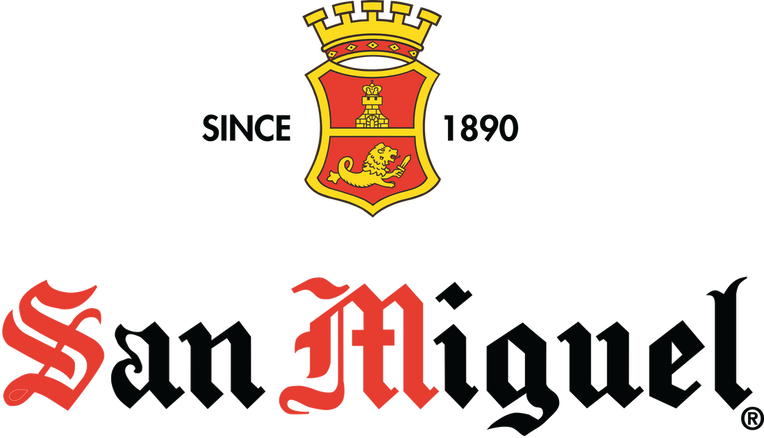
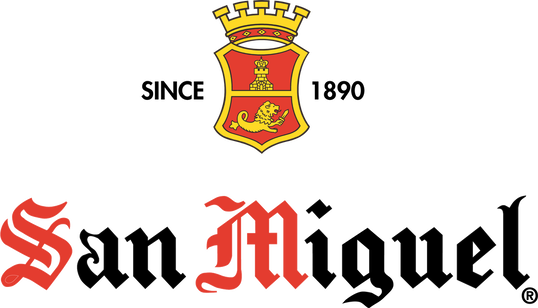
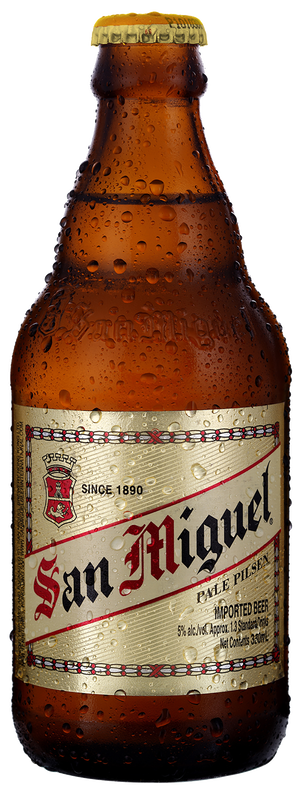
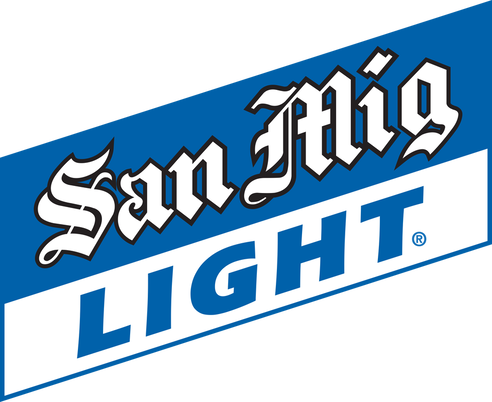
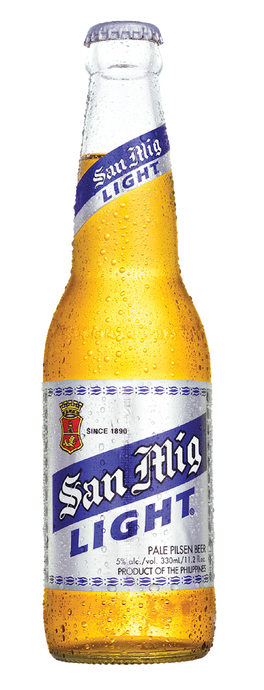
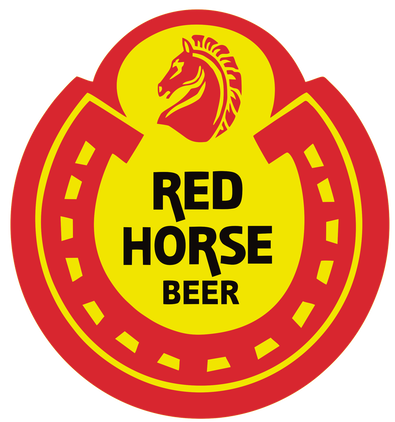
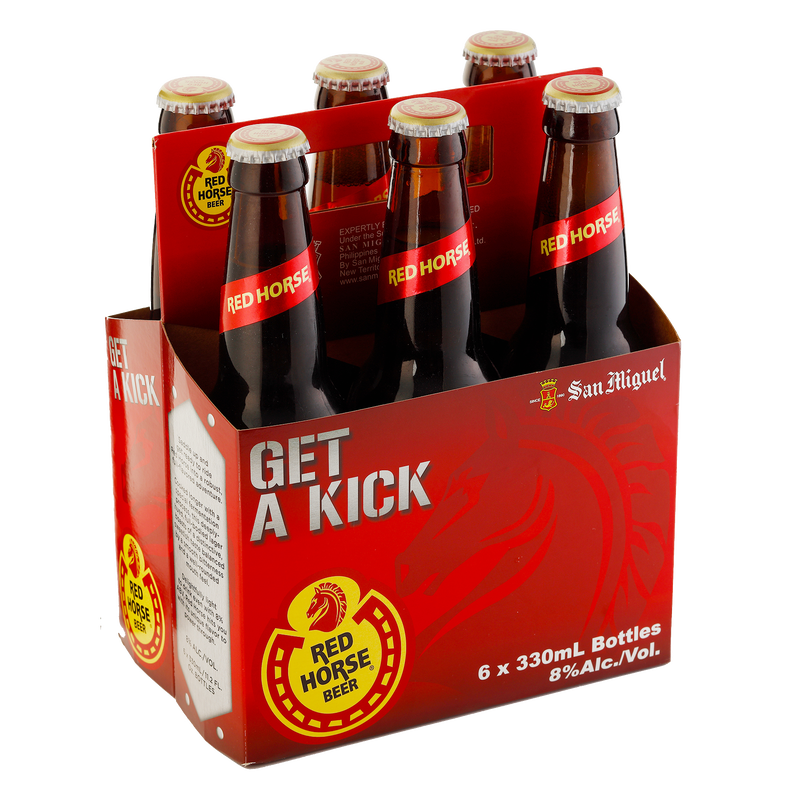
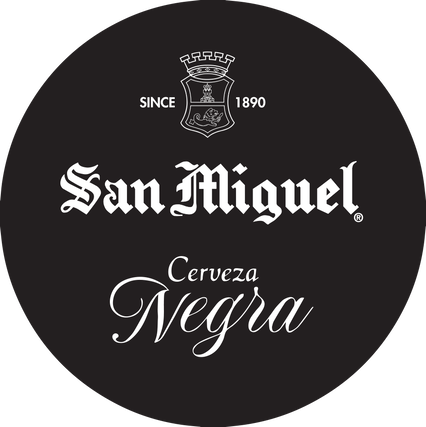
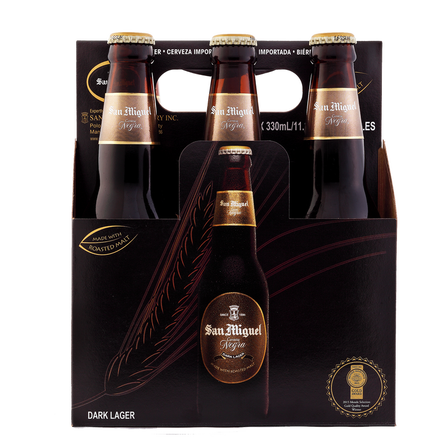

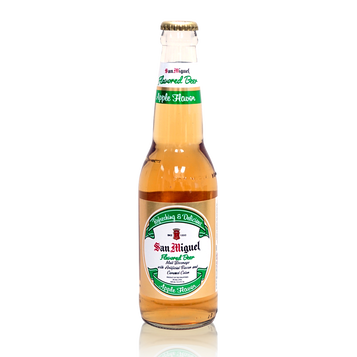
 RSS Feed
RSS Feed